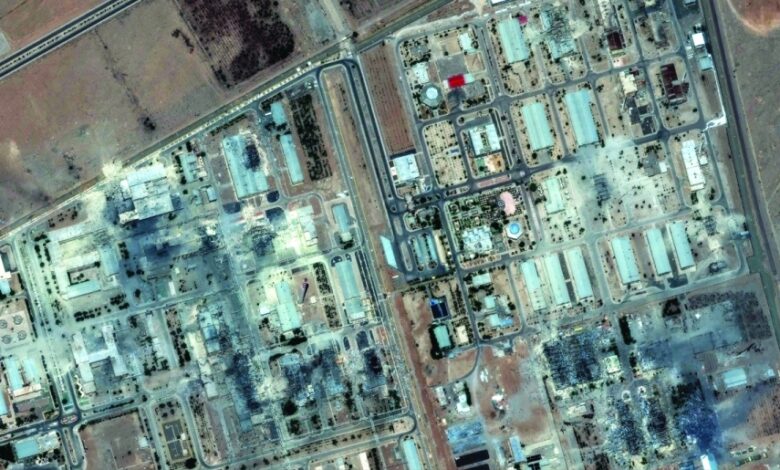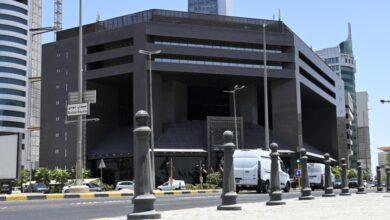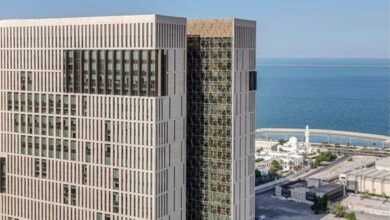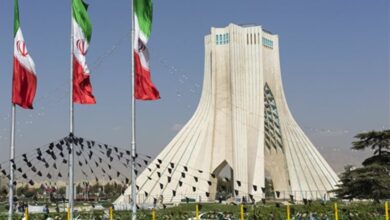
In a significant escalation of Middle East tensions, U.S. President Donald Trump announced that American forces had “obliterated” Iran’s key nuclear facilities in a series of powerful airstrikes, warning Tehran that it must now choose between “peace or tragedy.”
The strikes, which used massive bunker-buster bombs, targeted three major enrichment sites — Natanz, Fordow, and Isfahan.
While Trump hailed the mission as a resounding success, Iran condemned the attacks as a violation of sovereignty and a red line crossed. A senior Iranian official confirmed that most of the highly enriched uranium at the Fordow site had been relocated to a secret location ahead of the strikes, reducing the material damage but not the political fallout.
Despite some observers declaring the “end” of Iran’s nuclear ambitions, experts and analysts suggest the program has likely been delayed for years — but not entirely dismantled.
The operation, dubbed “Midnight Hammer,” marked the largest single-day strike in U.S. military history. Seven B-2 stealth bombers flew 18-hour missions from the United States, each conducting multiple mid-air refuelings.
Fourteen bunker-buster bombs were deployed on the Fordow and Natanz facilities, while U.S. submarines launched 24 Tomahawk cruise missiles at Isfahan.
From the White House, Trump delivered a televised address declaring, “Iran, the bully of the Middle East, must make peace now. If not, the future attacks will be much bigger and easier.” He stressed that the mission was a clear message that the U.S. would not tolerate nuclear escalation in the region.
In response, Iranian President Masoud Pezeshkian joined demonstrations in Tehran denouncing the attack, accusing the U.S. of acting out of frustration after Israel’s stalled military campaign against Iran. Foreign Minister Abbas Araqchi, speaking from Istanbul, announced that Iran was reviewing its options and would only return to diplomacy after it had responded militarily.
Iran’s parliament reportedly approved a measure to close the Strait of Hormuz, a strategic chokepoint for global oil trade. However, final authorization lies with the Supreme National Security Council. U.S. Secretary of State Marco Rubio warned that closing the strait would be “the worst mistake Iran has ever made.”
Meanwhile, Gulf nations expressed serious concern over the escalation but confirmed that no radiation leaks or environmental damage had been detected following the bombings.
General Dan Kaine, Chairman of the Joint Chiefs of Staff, said the mission aimed to decisively degrade Iran’s nuclear infrastructure. While the full extent of the damage is still being assessed, Kaine emphasized that the U.S. remains prepared for any further developments.
As the region braces for Iran’s next move, the world watches with anxiety over what could become the most dangerous phase yet in the decades-long standoff between Tehran and Washington.












